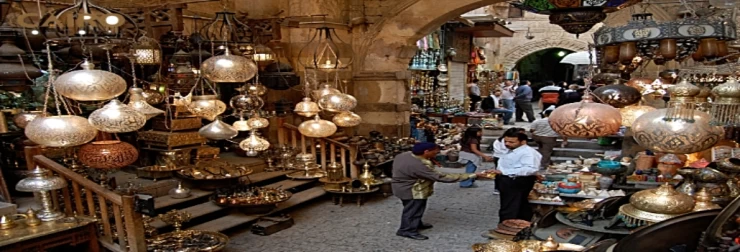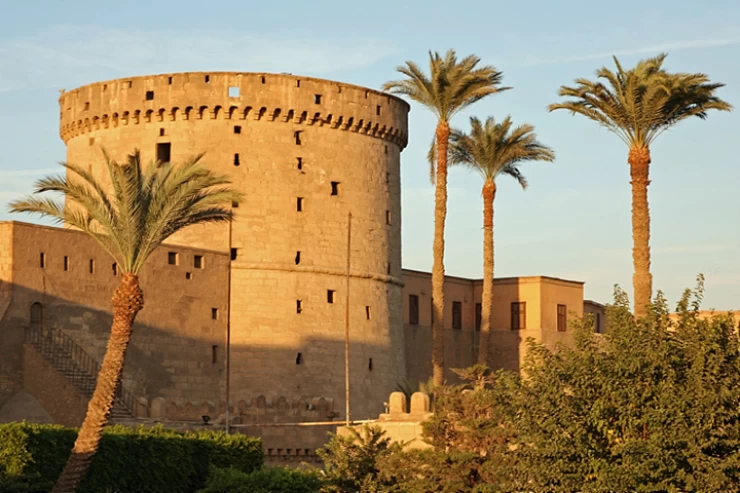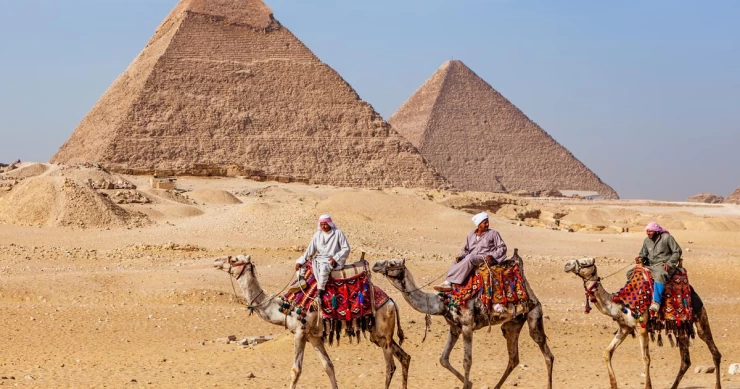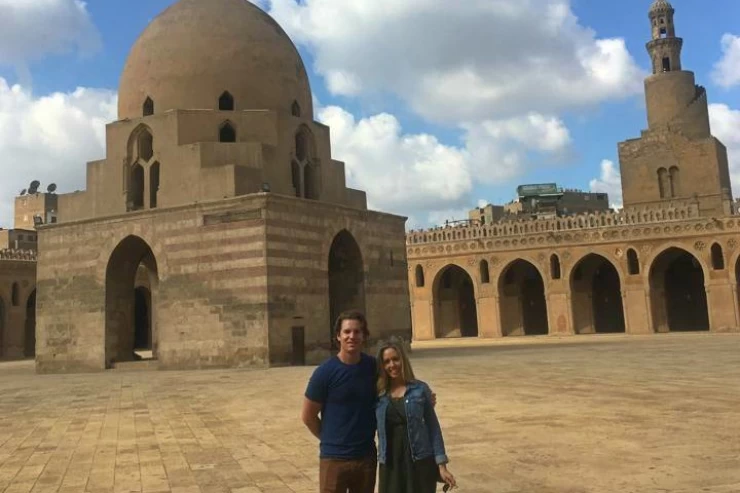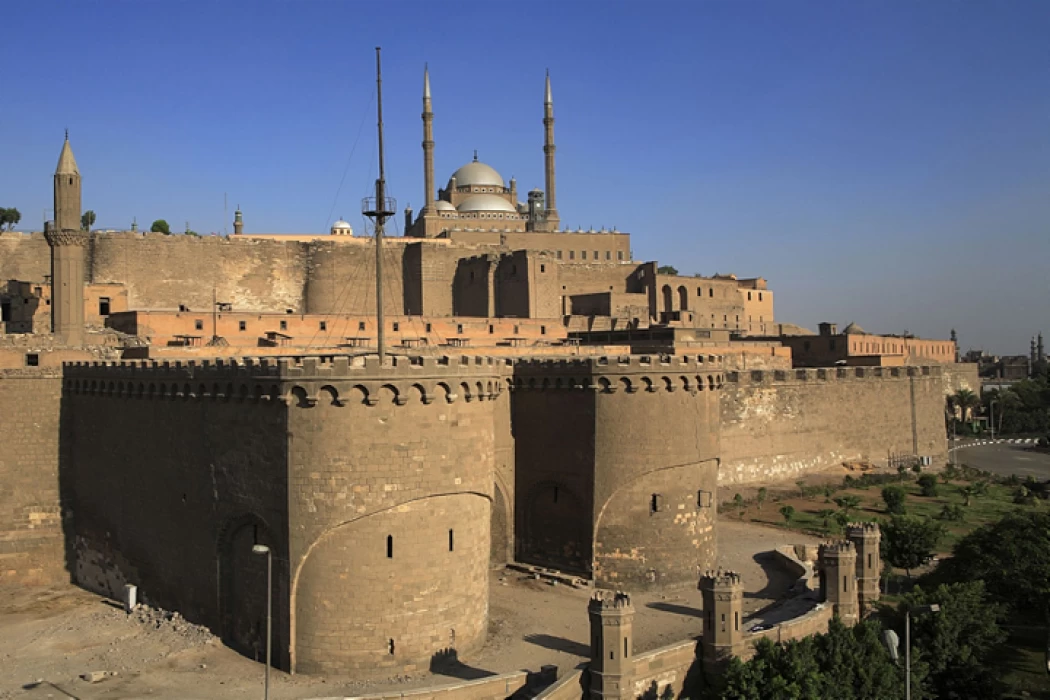
Salah El-Din Al-Ayoubi | Sultan of Egypt
Sultan of Egypt Salah El-Din Al-Ayoubi
The Muslim ruler of Egypt and Syria, Saladin (1137–1193), ruled from 1174 to 1193. He stunned the West by vanquishing an army of Christian Crusader states at the Battle of Hattin and taking Jerusalem in 1187.
Leader of the best of humanity and witnessed by his morals his enemies from the Crusaders Before his friends and wrote his biography, he is a unique example of a giant made from Islam, he is the hero Salahuddin Al-Ayoubi, the liberator of Jerusalem from the Crusaders and the hero of the battle of Hittin.
The last years of the Fatimid state’s life in Egypt witnessed a fierce conflict between “Shawar” and “Dergham” over the position of the ministry, and neither of them succeeded in resolving the conflict for their benefit, and the individual held the high position, so each of them used external power to help him achieve his goal.
Dergham used the Crusaders, The other used Nur al-Din Mahmoud Sultan of Aleppo, and the two parties answered the invitation, and a race began between them to exploit this conflict each in his favor, and to seize Egypt, which is of great importance to them in extending their influence and authority in that region.
The conflict ended with the elimination of the two competing ministers in 564 AH = 1168 CE. Asad al-Din Shirkuh, the leader of Nur ad-Din’s campaign, assumed the position of the cabinet for the Fatimid caliph al-Atid al-Fatim. Soon, Shirkuh died.
In the era of Salah al-Din, the construction of fences, settlements, and castles emerged. Among the most famous of these monuments is “Castle of the Mountain”, which is now known as Salah al-Din Citadel to be the seat of his government, a stronghold for his army, and an impenetrable fortress that enabled him to defend Cairo, As is the iconic picture of Islamic Cairo that was built by Salah El-Din El Ayouby, at the end of the 12th century,
The citadel is an indispensable part of all Cairo Day Tours especially the Islamic Cairo tour when you travel to Egypt and also one of the must things to do in Cairo and you will have the opportunity to experience those when booking one of our Cairo Stopover Tours.
But Salah al-Din was unable to complete its construction During his reign, the castle remained the seat of the rulers' offices in Egypt until recently, and Salah al-Din surrounded al-Fustat, and the ruins of castles and Cairo, surrounded by a fence of 15 km in length, three meters wide, and interspersed with towers, and its remains remain to this day in separate directions.
Salah al-Din also took care of the social institutions that help people and relieve them of some of the troubles of life. He abolished the taxes that were imposed on the pilgrims passing through Egypt and pledged to spend on the poor and strangers who took refuge in the mosques, making the Ahmed Ibn Tulun Mosque a haven for strangers from Moroccans.
Sultan Salah El-Din fell ill, and then he died at the Damascus Citadel in the year five hundred and ninety-nine, he was fifty-seven years old, and there were only forty-seven dirhams and one dinar in his treasures, leaving no property or property. His ownership of the Egyptian homes was about twenty-four years; his possession of the Levant was about nineteen years, and he left seventeen males and a young daughter. And the largest of them is the best Nour El-Din Ali.
Egypt has been very strong since the ancient ages, and this is reflected in its history and its powerful characters, such as Sultan Salah El-Din.







